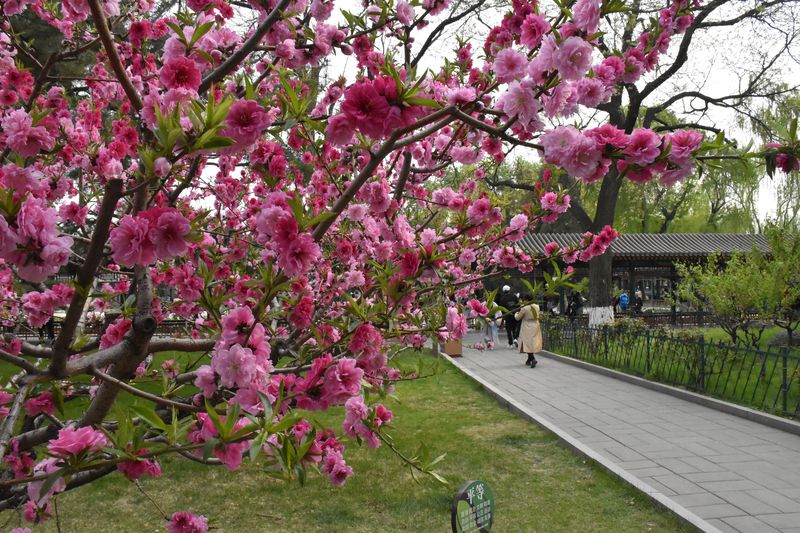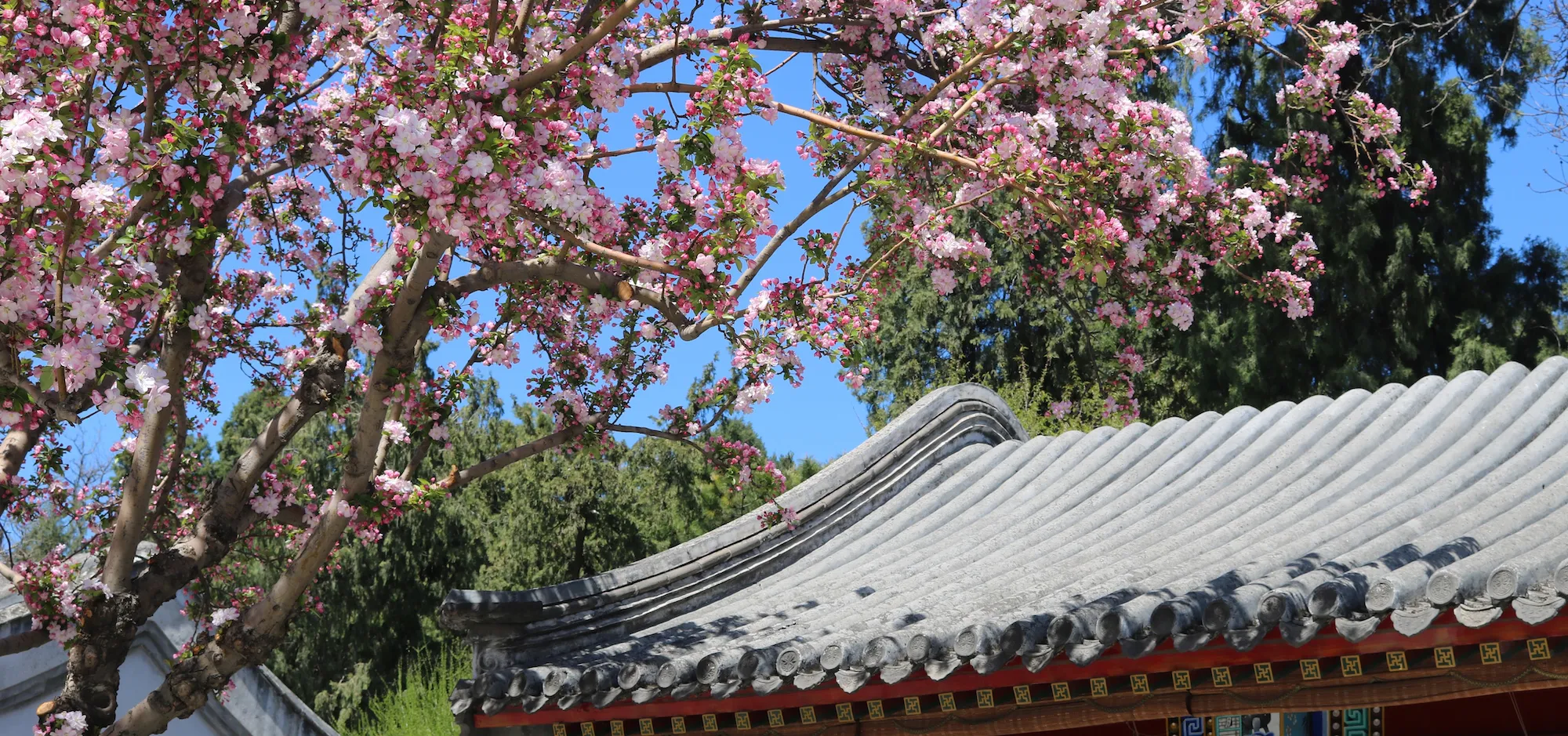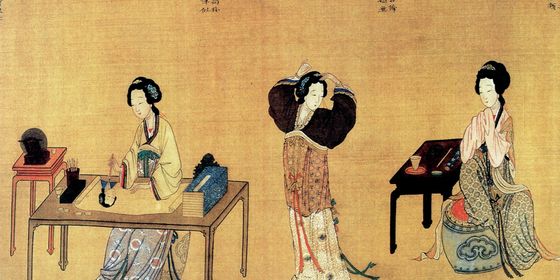Chinese writers from Confucius to Eileen Chang on flowers and their meanings
Spring is here, and people all over China's cities are flooding into parks to appreciate the luxuriant bursts of flowers and plants—and take photos of course—in a popular seasonal activity known as 踏青 (tàqīng), or "stepping on green."
Chinese culture assigns characteristics and meanings to most plants. The four most famous symbolic plants—the plum blossom, orchid, bamboo, and chrysanthemum—are known as the “Four Gentlemen of Flowers (花中四君子)" or “Four Gentlemen of Chinese Painting (国画四君子)” due to their prevalence in traditional painting and poetry. (The peony and lotus, also widely loved, didn't quite make the cut.) Most cities in China also claim an emblematic blossom of their own. Here are four more plants that were especially meaningful in ancient Chinese poetry:
Peach blossom: beauty, romance, marriage

(VCG)
In the Classic of Poetry (《诗经》), China’s oldest collection of songs and poems, a verse called “Peach Blossoms Beam (《桃夭》)” describes a young lady getting married. It goes:













